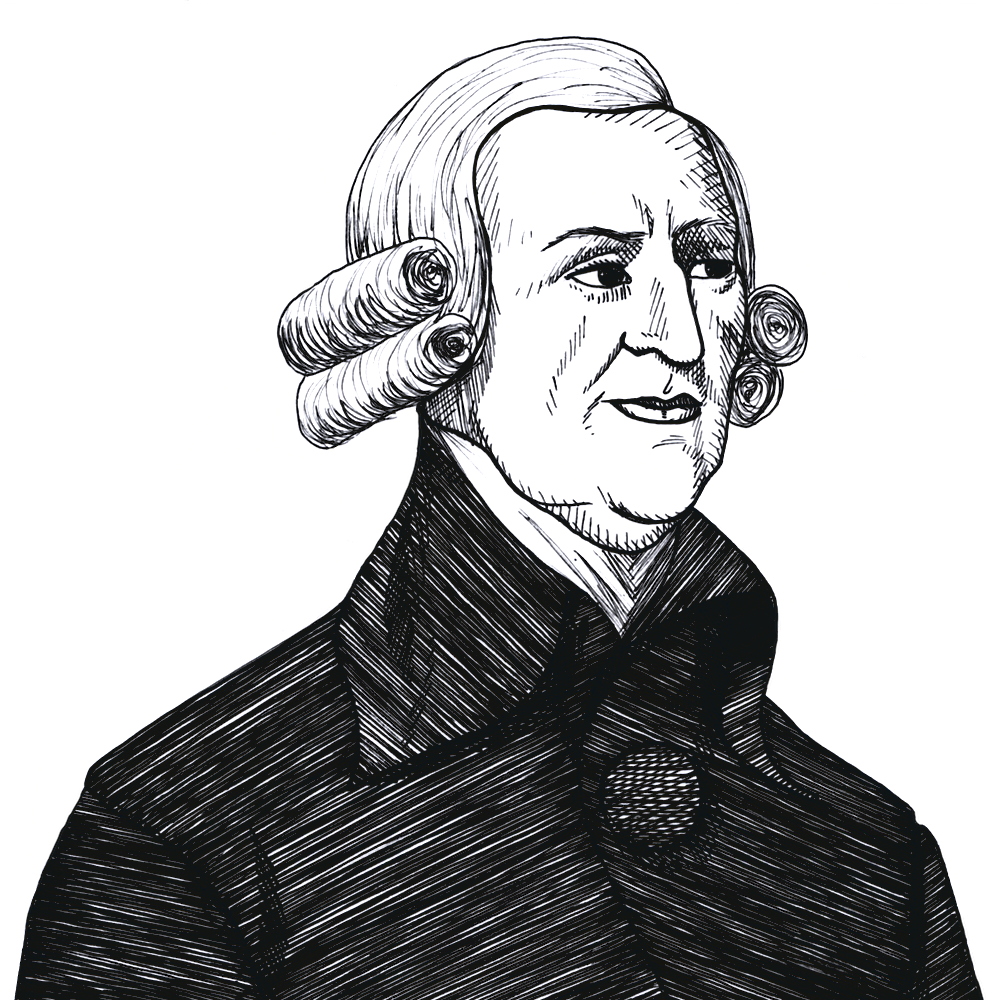
Adam Smith on how governments learn from each other the best way of draining money from the pockets of the people (1776)
Found in: An Inquiry Into the Nature and Causes of the Wealth of Nations (Cannan ed.), vol. 2
Adam Smith (1723-1790) studied in great detail how taxes were used to fund the activities of the monarchies of his day. He was especially interested in how new taxes in one state would be copied by other states:
Taxation
In France there are both stamp–duties and duties upon registration. The former are considered as a branch of the aides or excise, and in the provinces where those duties take place, are levied by the excise officers. The latter are considered as a branch of the domain of the crown, and are levied by a different set of officers. Those modes of taxation, by stamp–duties and by duties upon registration, are of very modern invention. In the course of little more than a century, however, stamp–duties have, in Europe, become almost universal, and duties upon registration extremely common. There is no art which one government sooner learns of another than that of draining money from the pockets of the people.